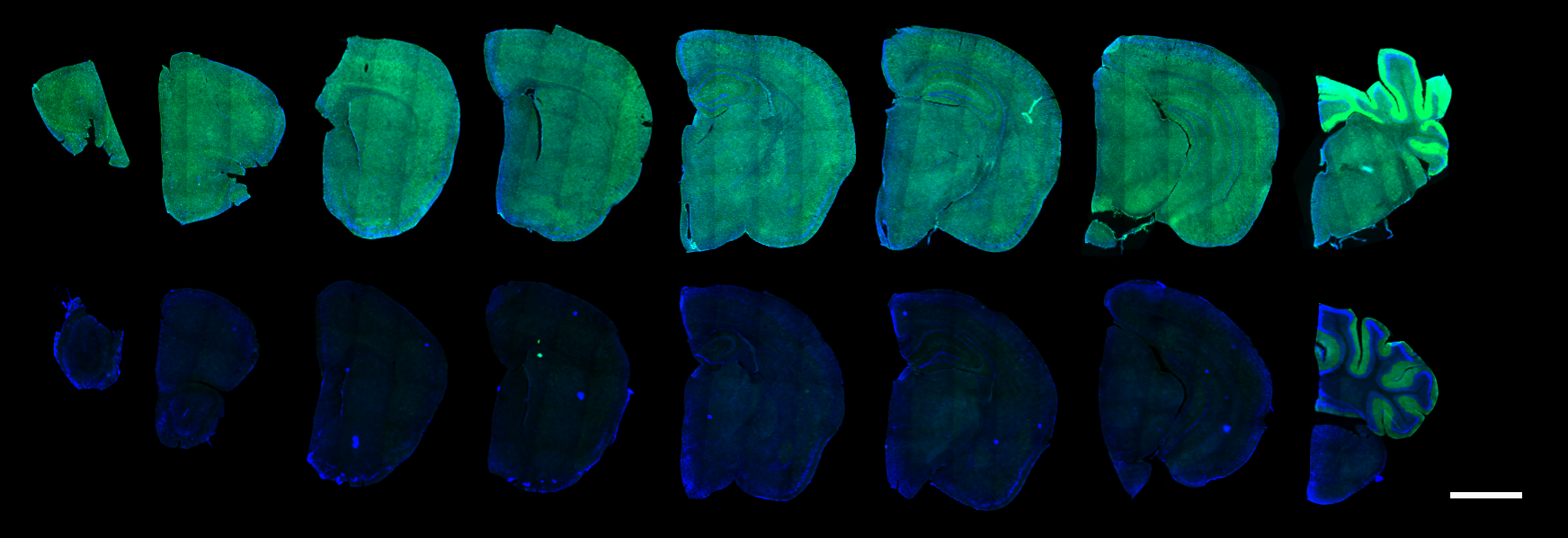Microglia(GFP) depleted- vs. Control brain (by June)Research
The best part of science is knowing, for a moment, something that nobody else in the world knows.
Image obtained from Grey MatterAreas of investigation:
Our research focuses on three key questions:
How do microglia, the brain's immune cells, contribute to CNS diseases?
How is the CNS connected to the peripheral immune system?
Can we develop therapeutics for neurological diseases by targeting microglia?
To answer these questions, we employ diverse mouse models, genomic technologies, and human induced pluripotent stem cells.
Elucidating disease mechanisms with brain-in-a-dish in vitro model
To unravel the complexities of neurological disease, our research focuses on building human 'brain-in-a-dish' models.
These cutting-edge 2D and 3D platforms, comprised of iPSC-derived neurons, astrocytes, and microglia, allow us to decipher the fundamental principles of intercellular communication in the brain and identify key dysregulations that lead to disease.
Neuron - microglia interaction during CNS development and neurological diseases
We recently developed advanced 2D neural triculture and 3D spheroid models, as well as iPS cell-derived human microglia chimeric brain (Yoo et al., In Revision). These models are meticulously designed with well-defined cell combinations to closely mimic the complex environment of the brain.
We're now leveraging this models to investigate research questions concerning microglial cell-cell interactions. To gain a comprehensive understanding, we're utilizing a universal recording system that allows us to observe these interactions both in vitro and in vivo.
Next-generation cell therapy
We have achieved a breakthrough with the development of a non-genetic, high-efficiency microglia replacement cell therapy. This innovative therapy has shown remarkable therapeutic efficacy in a Trem2-dependent Alzheimer's disease mouse model (Yoo et al., 2023).
Currently, we are further enhancing this therapy by engineering donor cells with precision, utilizing CRISPR genome editing techniques.
Genomics of neuro-immune interactions
Our lab is actively exploring the precise mechanisms governing the infiltration of peripheral myeloid cells into the brain.
We apply this research to two key areas: (1) the dynamics of microglia replacement and (2) the progression of neurodegenerative diseases, with in vivo CRISPR screens serving as a core investigative tool.






